Decoding API Responses with Postman 🕵️♂️
 Pankaj Suryavanshi
Pankaj SuryavanshiIntroduction
In the realm of API development and testing, Postman stands out as a powerful tool, simplifying the process of sending requests and receiving responses. The Postman response viewer, in particular, is a robust feature that aids in visualizing and assessing the correctness of API responses. An API response, as seen in Postman, comprises the response body, headers, cookies, and the HTTP status code. In this guide, we will dissect the various components of an API response in Postman, exploring tools and features that help users comprehend and validate the returned data.
Response Body 📋
The Postman Body tab offers tools to comprehend the response effectively. Users can view the body in four different modes: Pretty, Raw, Preview, and Visualize. Each mode serves a specific purpose in understanding and interpreting the response.
- Pretty
The Pretty view formats JSON or XML responses for easy readability. It highlights links, and selecting them can even trigger a GET request within Postman.
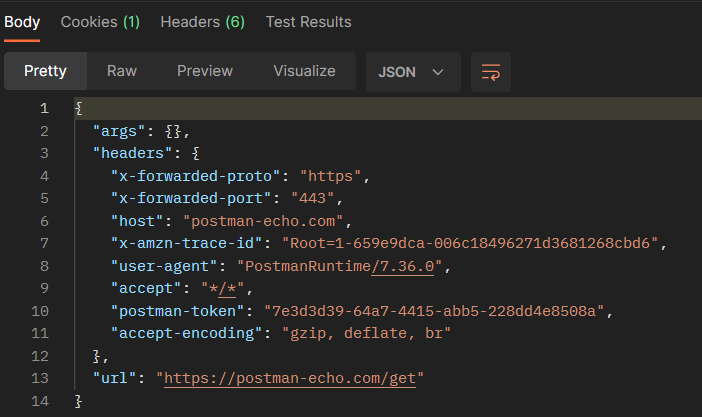
- Raw
The Raw view displays the response body in its raw textual format, indicating whether the response is minified.
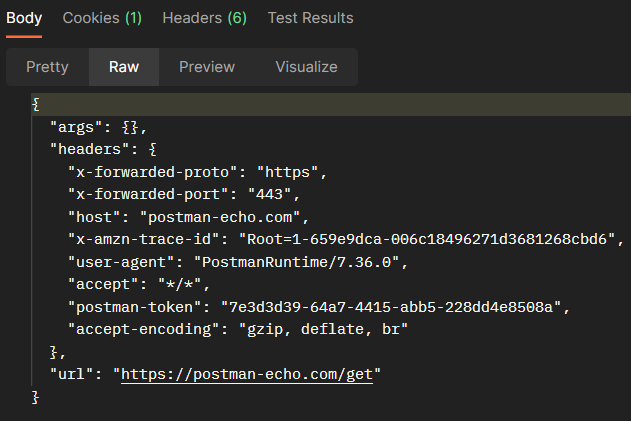
- Preview
The Preview view renders the response in an iframe sandbox, helpful for debugging HTML errors. JavaScript and images are turned off, and for binary responses, users can save and view the file locally.
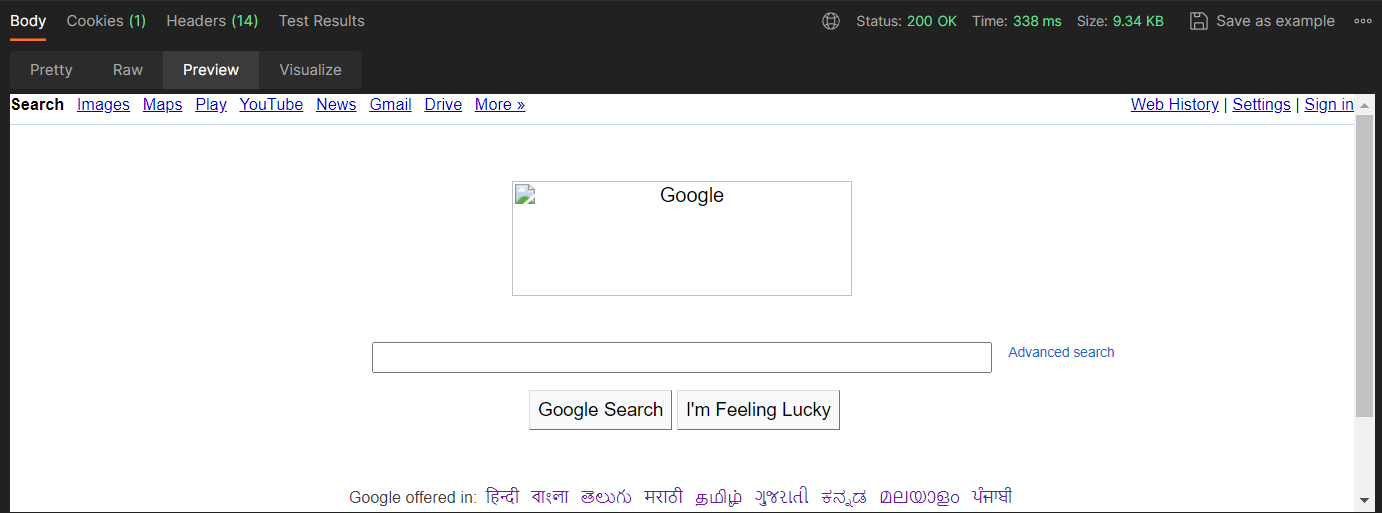
- Visualize
The Visualize view renders data according to visualization code added to the requests Tests. This feature enhances the understanding of complex data structures.
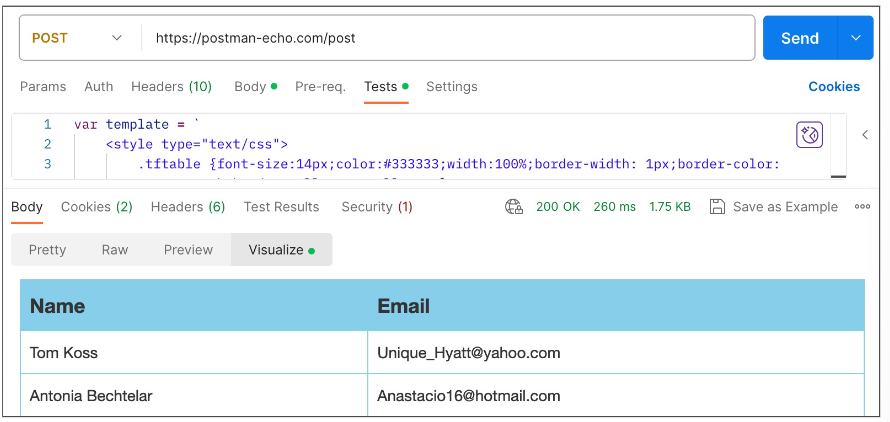
Cookies 🍪
The Cookies section allows users to inspect cookies sent by the server. Details such as name, value, domain, and path are provided for each cookie.
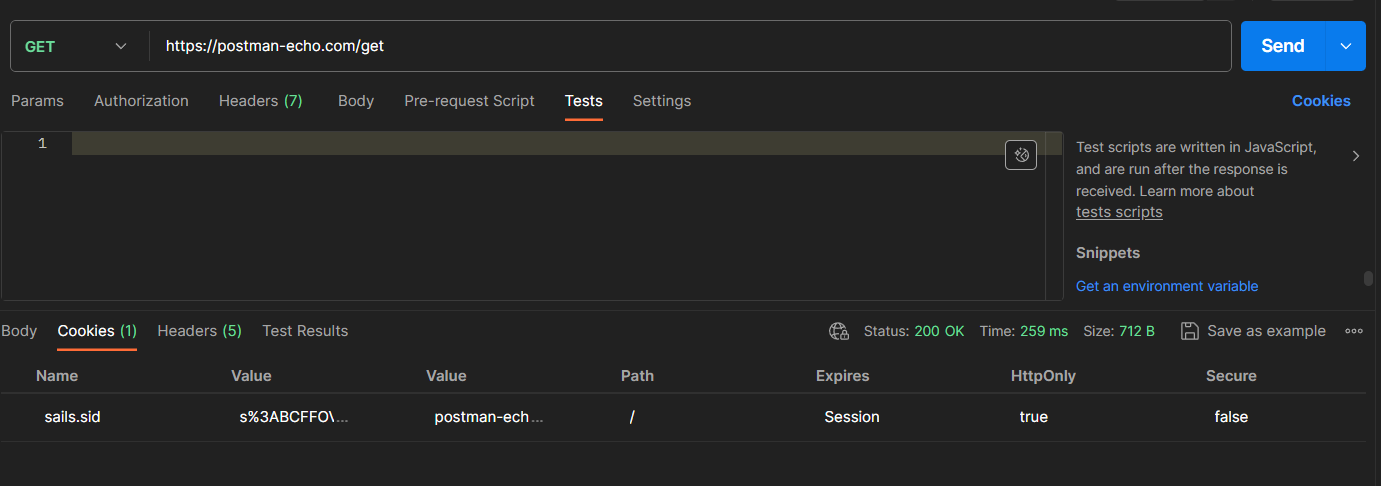
Headers 📝
Headers are displayed as key-value pairs under the Headers tab. Users can hover over the information icon to get descriptions of headers based on the HTTP specification.
Test Results ✔️
If the API request has any test scripts, the results are displayed in the Test Results tab. This section is invaluable for assessing the success of scripted tests.
Network Information 🌐
Postman displays network information, including local and remote IP addresses, when the API returns a response. Hovering over the network icon provides additional details, especially for HTTPS requests.
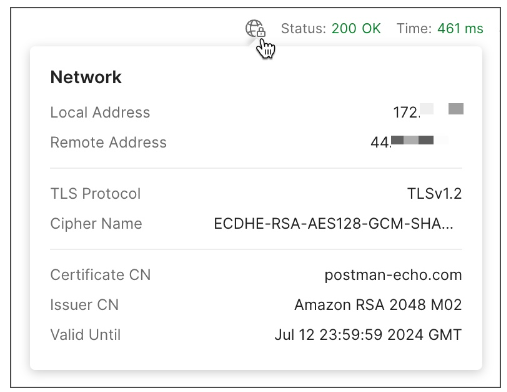
SSL Verification Errors 🔒
SSL verification errors are highlighted in the response area if verification fails. Users can turn off SSL verification for a specific request or globally within Postman settings.
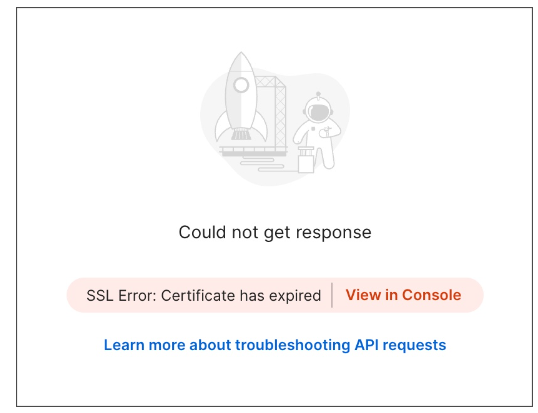
Response Code 🚀
The response code returned by the API is displayed, and hovering over it provides a brief description of the code and its meaning. Custom messages in the response body can offer additional insights.
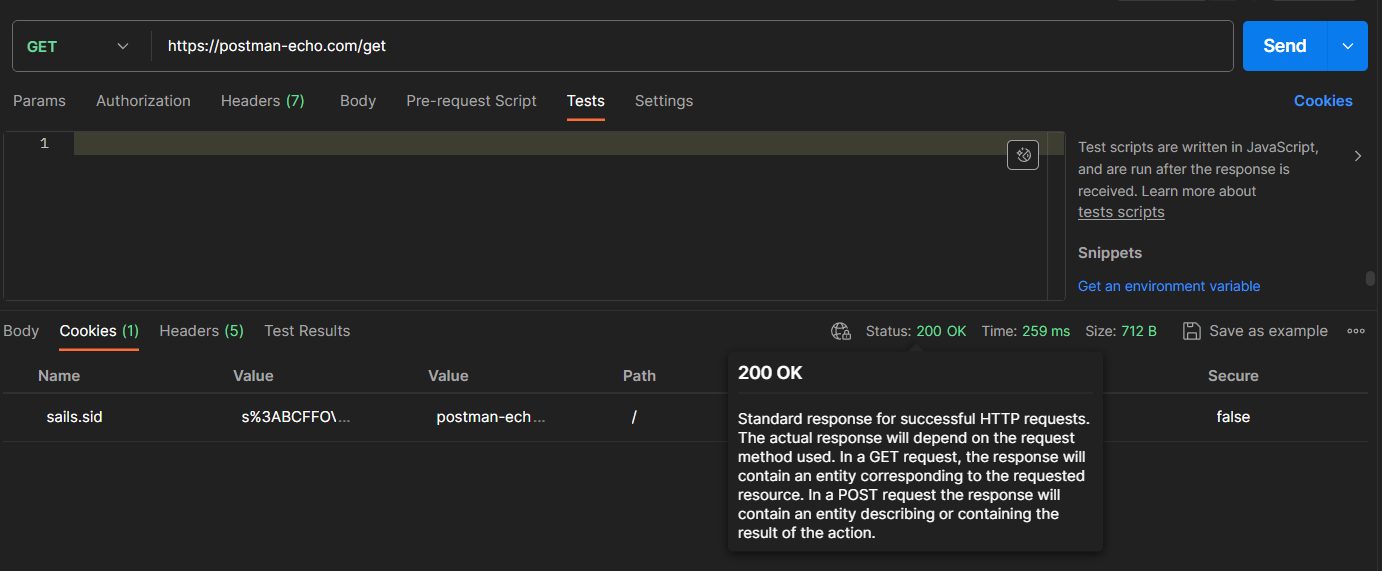
Response Time ⏱️
Postman calculates the time taken for the response to arrive, aiding in preliminary performance testing. Users can hover over the response time for a graph depicting event durations.
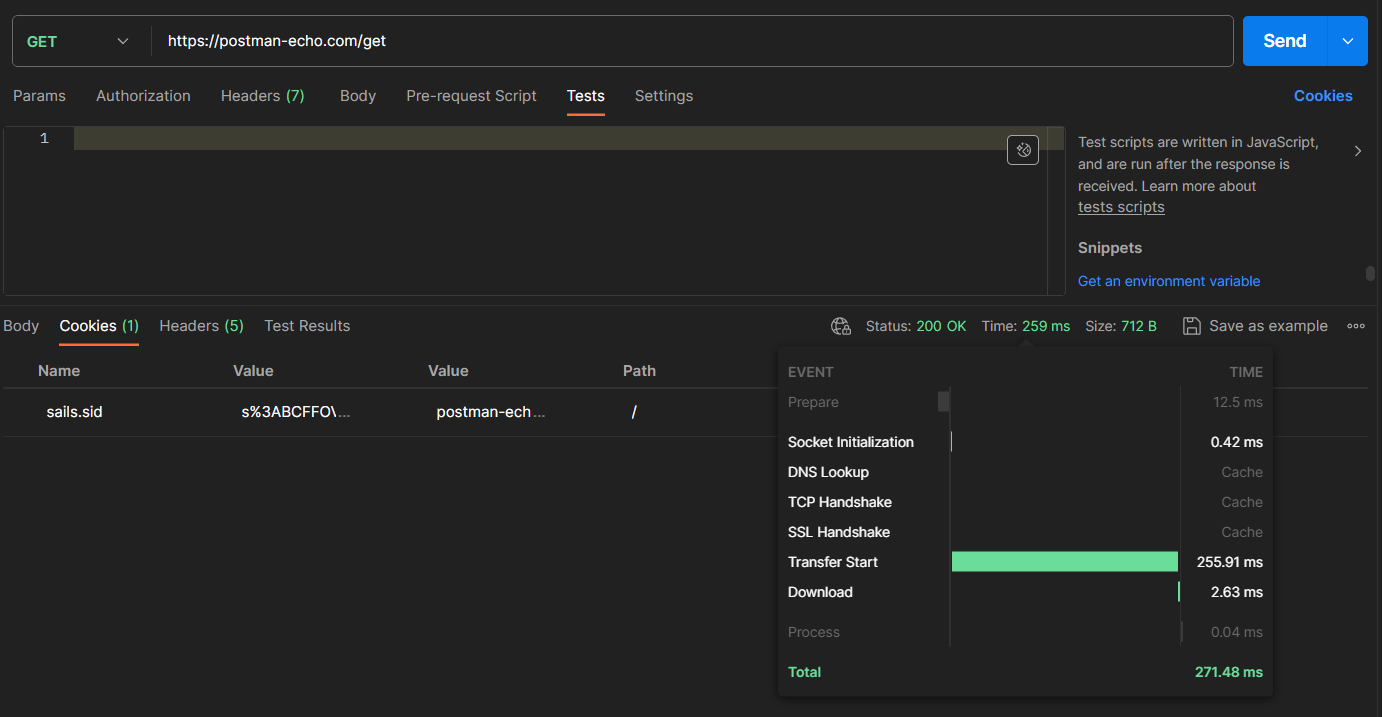
Response Size 📏
The size of the response, broken down by body and header sizes, is displayed. Hovering over the response size provides a detailed breakdown.
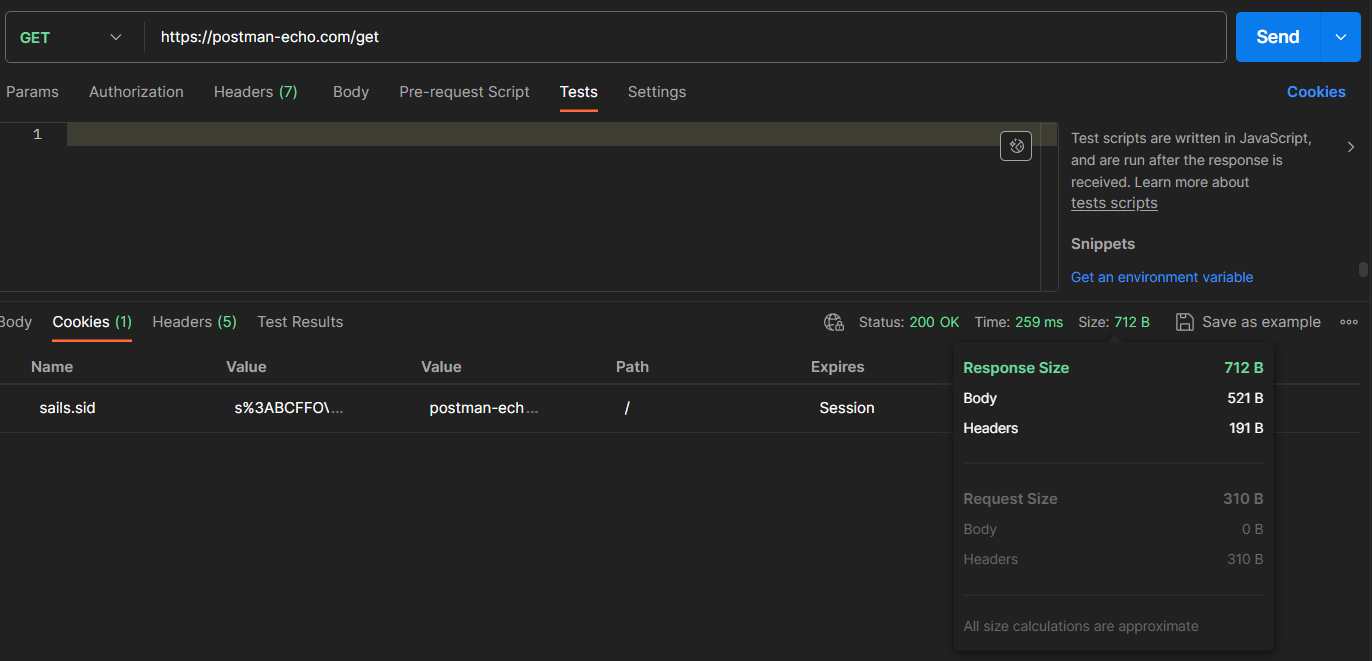
Saving Responses 💾
Responses can be saved as examples or files for future reference. Users can save responses as examples to access later or save them as JSON files using the "Save response to file" option.
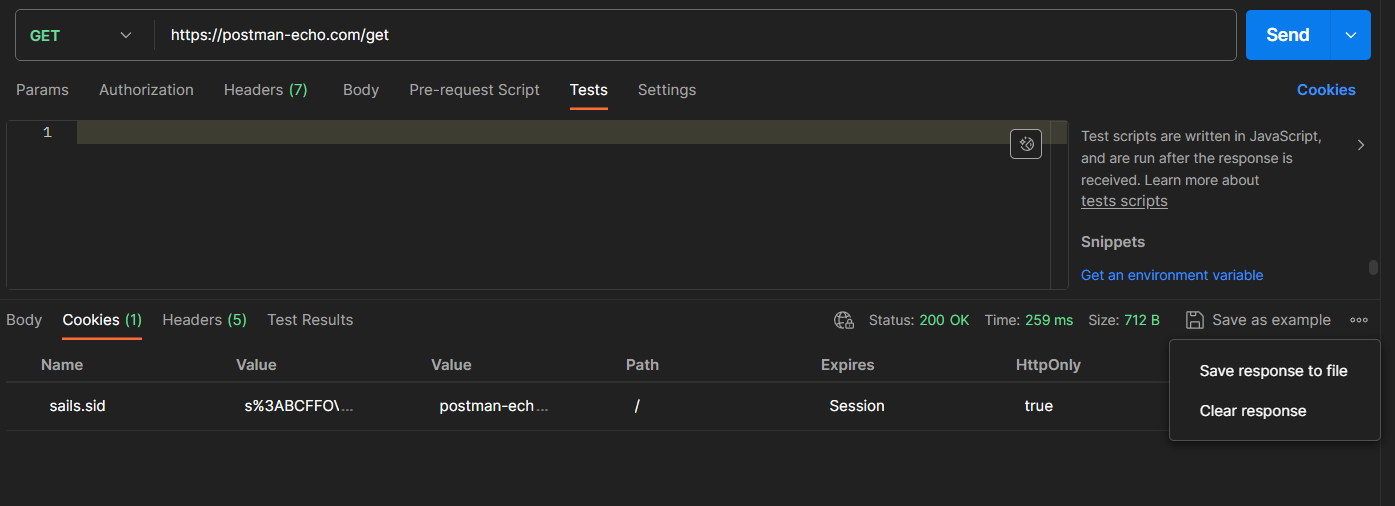
Viewing Security Warnings ⚠️
Postman applies security rules configured for API requests, displaying potential security risks. Users can view, hide, or turn off warnings globally based on their preferences.

Conclusion
In conclusion, Postman's response viewer empowers users to thoroughly inspect and understand API responses. By utilizing its diverse set of tools and features, developers and testers can ensure the correctness, security, and performance of APIs, contributing to the overall success of their projects. As we continue to navigate the intricacies of API development, Postman remains an indispensable companion, unraveling the complexities of API responses.
Subscribe to my newsletter
Read articles from Pankaj Suryavanshi directly inside your inbox. Subscribe to the newsletter, and don't miss out.
Written by

Pankaj Suryavanshi
Pankaj Suryavanshi
Experienced QA Automation Engineer with 3.5 years in Ecommerce and Banking, skilled in automation/manual testing, test planning, execution, and end-to-end project delivery. Proficient in Agile, Scrum, performance testing, and SDET practices